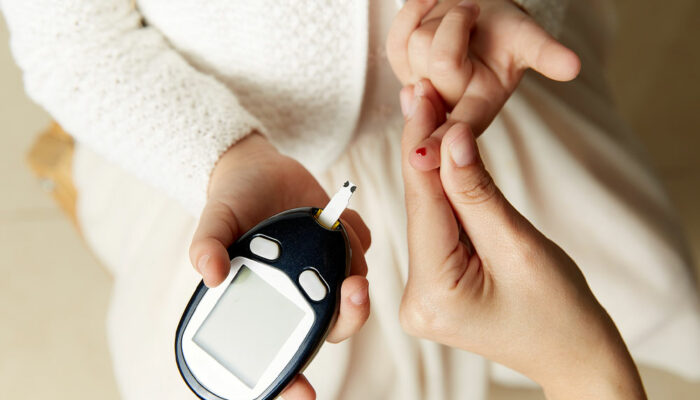Things to know when applying for disability benefits

Disability benefits are the monthly payments that specially-abled people can receive. These payments compensate individuals whose disability stops or limits their ability to work. To get them, individuals over 50 have to prove that they can no longer do the type of work they did in the past, while those below that age must verify how their disability prevents them from working for a living. Here are some key details:
Key documents needed for the benefits application
The verification authorities that approve or reject applications need a host of documents to prove individuals’ credibility when they seek disability benefits. Some of the documents needed for the verification process are listed below:
- Proof of citizenship or lawful alien status for individuals not born in the country.
- Birth certificate or other proof of birth.
- Individuals who served in the military before 1968 must show their US military discharge paper(s).
- W-2 form/s and other documents that show self-employment tax returns for last year.
- Medical evidence includes medical records, doctors’ reports, and recent test/scan results indicating disability.
- An adult disability report that publishes all details about the applicant’s injuries, illnesses, or conditions, as well as their past work records.
- Applicants’ pay stubs, award letters, settlement agreements, or other proof of permanent or temporary workers’ compensation-type benefits.
Applicants must also furnish the following information:
- Social security data
- Name proof,
- Address-proof
- Public or religious records that were made of their birth before age 3.
- The applicant’s social security benefits
- Medicare
- Supplemental Security Income
Timelines related to the application process
Individuals must apply for disability benefits as soon as they notice the development of conditions that cause disability in their bodies. For instance, if an accident results in permanent loss of the ability to work and move, one should immediately apply for benefits when one’s healthcare provider conveys that information.
- Social Security Disability Insurance (SSDI), the formal name for disability benefits, requires a 5-month waiting period before activation. So, for instance, after a person successfully applies for the benefits, they will only start receiving monthly payments during the sixth entire month of disability.
- This waiting period begins the first month after verifying that authorities have decided that a given applicant’s disability has begun.
- The waiting period is disregarded for individuals whose disability results from a medically proven onset of amyotrophic lateral sclerosis (ALS) and when they are approved for SSDI benefits on or after July 23, 2020.
- The appropriate authorities pay Supplemental Security Income (SSI) disability benefits for the first full month after an applicant successfully files their claim or, if later when the applicant becomes eligible for SSI.
Knowing these timelines is critical, as they can delay or speed up the possibility of receiving disability benefits for individuals who desperately need them.
Tips for successful disability benefits application
Certain tricks and tips help smooth the application process and eventually receive disability benefits. Here are some tricks one can refer to:
Keeping answers concise and honest
Applicants should be mindful of the information they provide when applying for benefits from the Social Security Administration (SSA). While it may be tempting to share personal details or provide extra information about their work history or disability, applicants should only disclose information relevant to the verification process.
In general, the SSA is primarily concerned with an applicant’s eligibility for benefits and will not require additional information unless necessary to establish eligibility. Therefore, applicants must provide accurate and relevant information consistent with their disability and work limitations.
For instance, it is better to provide a clear and concise statement, such as “I cannot sit for more than 30 minutes without experiencing pain,” rather than a broad statement that may not accurately reflect the extent of the disability, such as “I only wash my clothes because my wife helps me with the heavy lifting.”
Honesty, consistency, and conciseness are essential during the application process. By providing relevant and accurate information, applicants can increase their chances of being approved for benefits.
Providing accurate and updated information
Medical documents and other healthcare-related information are updated quickly in real time. Health conditions may improve or debilitate faster than people expect. Therefore, every record and information provided for verification must be as recent as possible.
All the information provided must be correct. Moreover, every contact or reference provided must be reachable. One of the most common reasons for application rejection is that contact numbers are unreachable. For example, if an inspector tries to reach an applicant’s doctor, but the healthcare expert is unreachable, the authorities will not spend much time getting back to them. Instead, the verification process will be paused until the applicant does not provide the proper follow-up contact. If that is not possible either, the application is outright rejected.
Listing all the conditions that prevent applicants from working
People may tend to prioritize certain “bigger” conditions that cause their disability while ignoring the other, apparently “smaller” problems that also contribute to it. This is a flawed approach, and one must list every condition that prevents them from earning a living independently, no matter how insignificant. Transparency is the most critical attribute for applicants to have their applications going through successfully.

